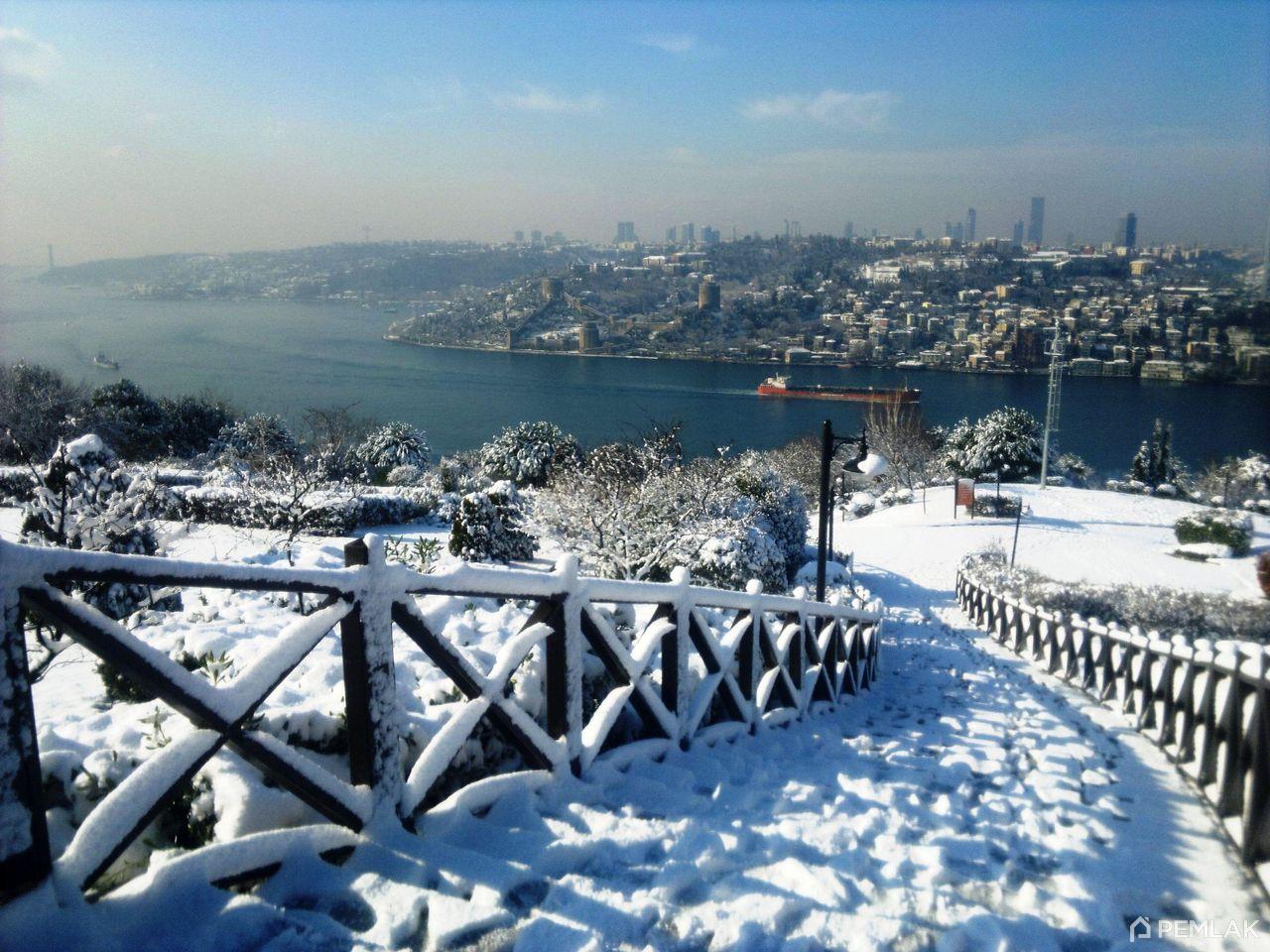The icy Bosphorus: How the winter months affected trade and life in Istanbul

The Bosphorus Strait, strategically located at the crossroads of Europe and Asia, has been not only a geographical but also an economic and cultural center for centuries. The water connecting the Black Sea and the Sea of Marmara played a key role in connecting the regions. However, the winter cold that turned the Bosphorus into an ice barrier repeatedly tested the cities on its banks. This phenomenon, which today seems unlikely, has left a significant mark on the history of the region in the past.

When the Bosphorus turned into an icy river
The modern climate of the Bosphorus rarely allows the water to freeze, but historical records suggest a very different picture in the past. Little Ice Ages, spanning mainly the fourteenth through nineteenth centuries, brought extreme weather conditions that periodically pinched the strait with ice.
Byzantine chronicles describe instances where ice masses from the Black Sea descended into the strait, impeding or completely blocking navigation. Winters were particularly dramatic when the ice formed a solid cover sufficient for pedestrians. For example, in 401 A.D. the Bosphorus froze over to such an extent that the inhabitants of Constantinople crossed it on foot, which looked like a real miracle for those times.
However, for the locals this phenomenon was not so much a cause for surprise as a cause of serious difficulties. The harsh winter brought interruptions in food supplies, disruption of logistics chains and daily life.
The importance of the Bosphorus for trade
For thousands of years, the Bosphorus has served as an integral part of the Great Trade Routes. Ships laden with grain, spices, silk, salt and other goods passed through it to link East and West. However, when the strait was covered with ice, trade was jeopardized.
Shipping, on which many of the region's cities relied, slowed or stopped altogether. This led to a dramatic decrease in the availability of food and other goods. With transportation of goods by land much more difficult, cities faced shortages. Fishermen who had traditionally relied on the Strait's bounty found themselves out of work.
Ice traveling downstream from the Black Sea damaged ships, port facilities, and wharves, adding to the difficulty of restoring shipping after the thaw. Merchants were forced to find alternative routes, often overland, which increased the cost of transportation and, consequently, the price of goods.
Winter trials for city dwellers
The frozen Bosphorus was becoming not only a transportation problem, but also a domestic problem for the population. Fishermen, who could rely on the abundance of fish in summer and fall, experienced serious difficulties in winter.
Food supplies were becoming a vital resource. Residents of coastal cities such as Constantinople prepared for winter in advance: they built cellars and glaciers in their houses to store food, and actively stocked dried fish, meat, and vegetables.
The icy Bosphorus, despite the danger, often became a place of winter meetings and trade. In the absence of shipping, townspeople used the frozen surface for fairs, temporarily moving trading activity onto the ice. However, such activities were accompanied by risks: the ice might not be strong enough, and the sudden movement of ice floes threatened people's lives.
Evidence from the past
Historical chronicles and documents give us insight into how people of the past experienced harsh winters. For example, the winter of 1622 has gone down in history as one of the coldest. Ice brought from the Black Sea blocked the Bosphorus, turning it into an impassable barrier. The townspeople used this opportunity to travel between the European and Asian parts on foot.
One of the most impressive cases occurred in the 18th century: wolves were seen crossing the strait on the ice of the Bosphorus, taking advantage of the frozen surface. This episode emphasizes the magnitude of a natural phenomenon that affected not only humans but also wildlife.
Ottoman chronicles recount the problems associated with the freezing of ports and the destruction of infrastructure. For the authorities, the frozen strait was a challenge requiring a quick response. Merchants who lost the use of ships turned to transportation by land, but this was expensive and not always safe.
The icy Bosphorus as a symbol of resilience
Modern Istanbul residents living in a temperate climate see the icy Bosphorus as something out of the category of historical legends. But its freezing is a reminder of how closely climate is linked to economy, culture and everyday life.
The frozen strait is not only a meteorological phenomenon, but also a symbol of the resilience and adaptation of the people who lived on its shores. Urban dwellers learned to cope with the challenges posed by nature, using them as opportunities to strengthen their communities.

Lessons from the past for the present
Today, the Bosphorus remains an important trade and transportation hub. Ships ply the strait year-round, and the city's infrastructure is adaptable to a wide variety of climatic challenges. However, the story of the icy Bosphorus serves as a reminder that nature will always play an important role in humanity.
These past events inspire us to develop sustainable solutions for today's world, where climate change may once again present us with similar challenges.
Comments 0







